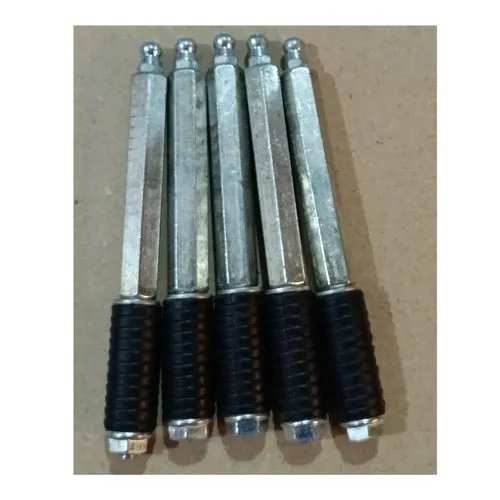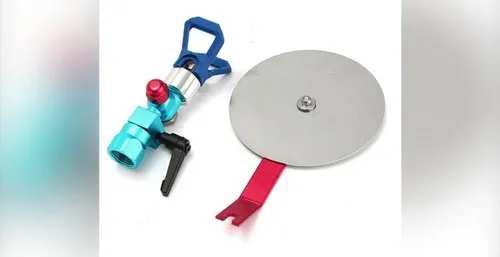Material: Aluminium and Rubber Nipple Diameter: 13 mm Head Shape: Hexagonal Packaging Type: Plastic Bag Surface Finish: Polished Length: 100 mm Components and Function: Body: Typically made of high-strength aluminum or steel to withstand high pressures and resist corrosion. Sealing element: Often a combination of an expandable rubber sleeve and a spring mechanism , ensuring a tight seal against the crack or void walls. Injection port: Connects to the grout pump or hose for material injection. Setting mechanism: Varies depending on the model, but commonly involves tightening a nut or screw to expand the sealing element and create pressure against the crack walls. Operation: The packer is inserted into the prepared crack or void. The setting mechanism is engaged, expanding the sealing element and creating a snug fit. Grout is injected through the port, filling the crack or void from the bottom up. Once the desired pressure is reached or the crack is filled, the injection is stopped and the packer is removed. Advantages of 100mm Mechanical Packers: Large diameter: Covers wider cracks and voids compared to smaller packers, reducing the number of packers needed. Reusable: Can be used for multiple injections after proper cleaning and maintenance. Cost-effective: Generally cheaper than other injection methods like chemical bonding. Easy to use: Requires minimal setup and expertise compared to some alternative techniques. Applications: Concrete crack and void filling: Repairing structural elements like foundations, beams, and walls to improve stability and longevity. Soil stabilization: Injecting grout to strengthen loose ground or anchor structures like retaining walls. Waterproofing: Sealing leaks in dams, basements, and other structures to prevent water ingress and protect against corrosion. Foundation stabilization: Resolving settlement issues and improve foundation stability.


